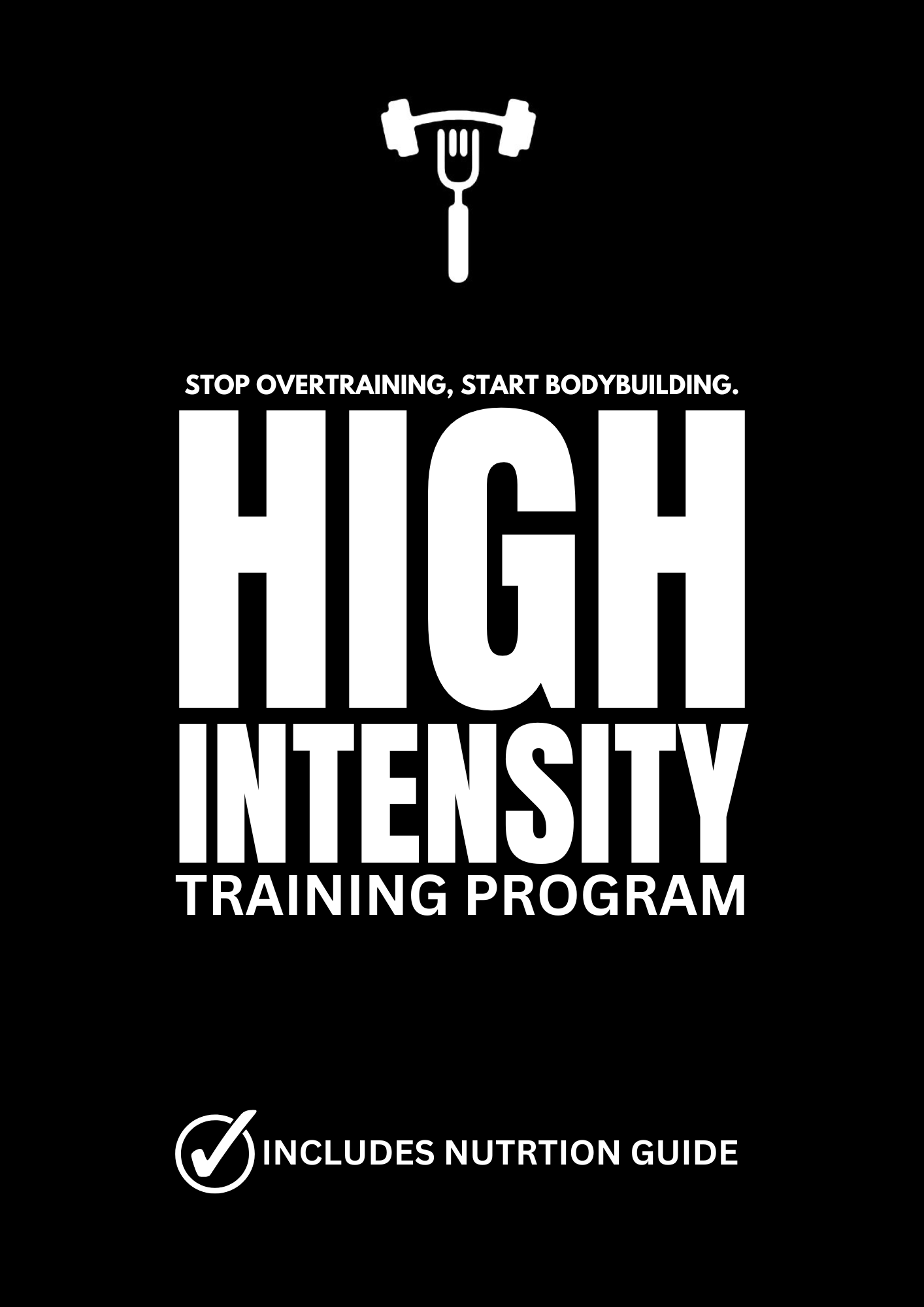Can Overtraining Lead to Cancer?

In the quest for physical excellence, the notion of overtraining looms large as a potential obstacle. However, amidst concerns about immune function and recovery, a more alarming question emerges: Can overtraining lead to cancer? This fear, while understandable, requires careful examination to separate fact from fiction.
Understanding Overtraining and Its Effects
Overtraining occurs when individuals subject their bodies to excessive physical stress without adequate rest and recovery. This imbalance can lead to a range of negative consequences, including compromised immune function, decreased performance, and heightened susceptibility to illness.
Exploring the Link Between Overtraining and Cancer
While there is no direct evidence linking overtraining to cancer development, some researchers have explored the potential connections between excessive exercise and cancer risk. One hypothesis suggests that overtraining may suppress immune function, leaving individuals more vulnerable to cancerous cell growth. Additionally, the production of free radicals during intense exercise has been implicated in cellular damage, raising concerns about its potential role in cancer initiation and progression.
Examining the Evidence
Despite these concerns, the evidence linking overtraining to cancer remains inconclusive. While some studies have identified associations between high levels of physical activity and certain types of cancer, the majority of research suggests that regular exercise is, in fact, associated with a reduced risk of cancer overall. Furthermore, the benefits of exercise—including improved cardiovascular health, weight management, and stress reduction—far outweigh the potential risks associated with overtraining.
Symptoms of Overtraining
Recognizing the signs of overtraining is crucial in safeguarding one's health and performance. The following checklist, developed by Dr. Neil F. Gordon of the world-famous Cooper Institute for Aerobics Research, Dallas, Texas, should help you identify the symptoms:
- Extended periods of healing for minor cuts and scratches.
- Gradual loss of weight in the absence of dieting or increased physical activity.
- Swelling of the lymph nodes.
- Irregular or no menstruation in premenopausal women.
- Excessive thirst and fluid consumption at night.
- Loss of appetite.
- Listlessness/tiredness.
- Loss of libido or interest in sex.
- Muscle and joint pains.
- Changes in sleep patterns, especially insomnia.
Promoting a Balanced Approach to Exercise
Rather than dwelling on the hypothetical risks of overtraining, it's essential to emphasize the importance of balance in exercise. Incorporating a variety of workout modalities, prioritizing rest and recovery, and listening to your body's signals are all key components of a healthy fitness regimen. By avoiding extremes and embracing moderation, individuals can reap the numerous benefits of exercise while minimizing the potential risks.
Conclusion: Putting the Fear to Rest
While concerns about overtraining and cancer are understandable, the evidence to support such claims remains limited. Instead of fixating on hypothetical risks, individuals should focus on cultivating a balanced approach to exercise—one that promotes physical health, mental well-being, and long-term sustainability. By prioritizing moderation, rest, and recovery, individuals can enjoy the transformative power of exercise without fear of its potential consequences.

